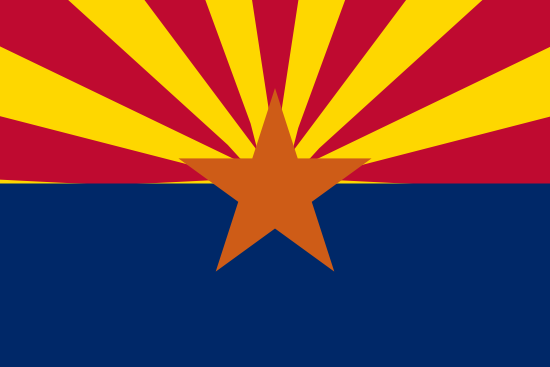La Paz County's estimated 2025 population is 17,060 with a growth rate of 1.04% in the past year according to the most recent United States census data. La Paz County is the 14th largest county in Arizona. The 2010 population was 20,499 and has seen a growth of -16.78% since that time.
